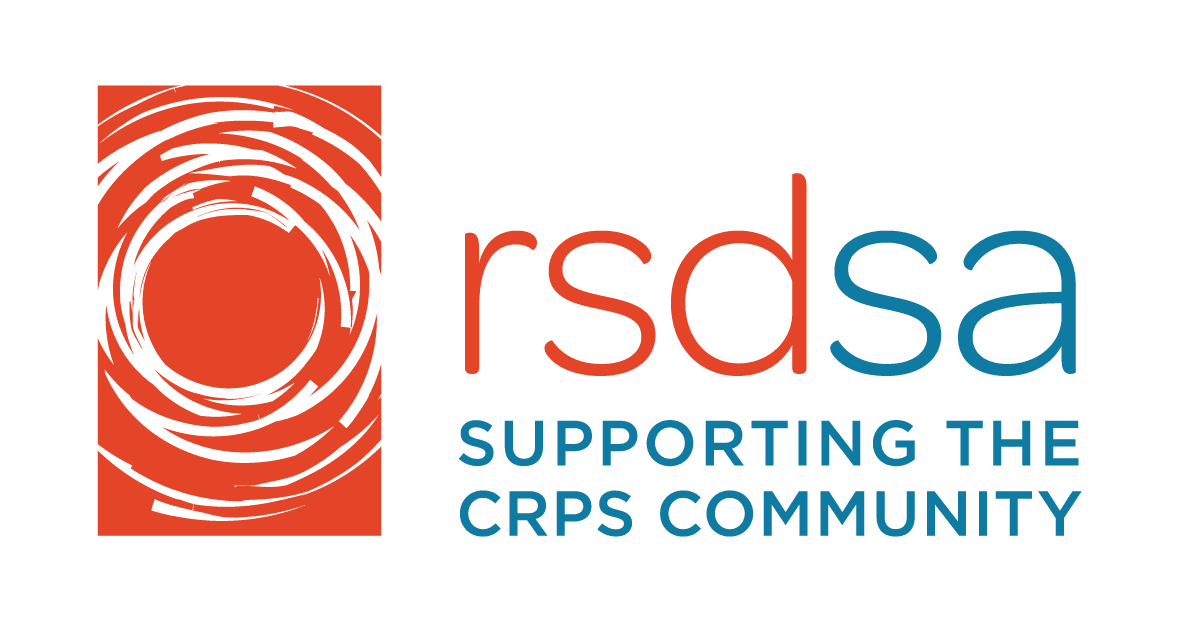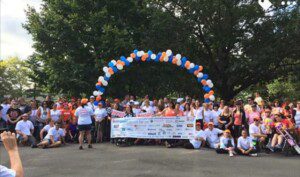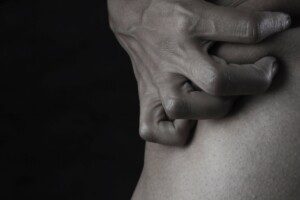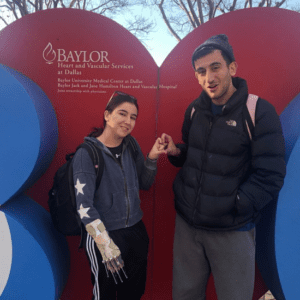Written by Kristi Oen for the RSDSA blog.
Editors note: TSA also has a toll free line for travelers who need extra assistance.
Are you ready to fly away for vacation but you are slightly terrified of what your CRPS is going to do and how you can handle that?
Well, let me give you some tips!
Hello everyone. My name is Kristi Oen and I am a CRPS Conqueror and the founder of P.A.I.N. Help. I have had CRPS (Complex Regional Pain Syndrome) since I was 10 years old. That is 33 years of CRPS and figuring out just what the heck I can do with it. Therefore, I have come up with quite a few of my own little CRPS life hacks.
A lot of people are preparing to fly due to great vacations, but your CRPS can make a difference on whether you decide to travel or just stay home. Let me give you some of my top tips for flying with CRPS.
My first tip is actually to just prepare.
The more you prepare ahead of time and have a plan for the airport, the plane, and every possibility along the way, the less stress you are going to have.
In case you did not know, the more stress you have, the more your pain and your CRPS pain usually goes up.
This happens because you are putting yourself in fight or flight mode, which is that nervous system reaction where you are “freaking out” and your body becomes more tense and constricted. If you are more constricted, you are reducing your blood flow which means less oxygen getting in and that feeds your pain factor.
So how do you prepare? What’s the first thing you should prepare for?
Call the Airline’s Special Assistance or Disability Hotline
You can call the disability hotline and ask for a couple specific things. One of those you absolutely might want is a wheelchair. There are times I would try to not use a wheelchair because using it messed with my emotional state, but often I would regret not using it or have to get it later.
Should you use a wheelchair?
If you are in a wheelchair, you avoid getting bumped and touched as much. Additionally, most of my life I only had CRPS in my legs and not my full body. When you are walking, you never quite know what is going to happen with the CRPS in your leg and how things are going to feel or if you might aggravate it.
You may also have no idea how far the terminal is, so why risk that? You can bring your own wheelchair that can then be stored underneath the airplane or you can ask to have one of their wheelchairs. Either way, you can be pushed by one of the airline attendants that you tip a couple of bucks.
Are you taking any medical devices with you?
A godsend is taking my wellness device with me and using it while I am on the plane. It increases the blood flow, keeps me from swelling up, keeps the pain from going up, etc. So when you are calling the airline or booking your flights be sure to say you are bringing a medical device.
Fun Fact: Medical devices fly for free
I do have a note from my doctor about the medical device just in case, but I have never actually had to show that piece of paper. My medical device flies in the main cabin in its own carry-on bag for free. I bring it with me on the plane because I know that it is a lifesaver.
Get Special Seating on the Plane For FREE
A lot of the airlines now you have to pay to have certain seats, especially the ones near the front. So what we usually do is we buy the tickets online. Then I call, and say I need the wheelchair, I’m bringing a medical device and can you move our seats up near the front? Because walking was difficult most airline will accommodate you for free; your caregiver, and traveling minors.
What is the best seat for you?
With your disability, you will have a chance to pick your seat. Think about what makes you most comfortable. If your CRPS is on your left side or your right side, would it help to be on the right side of the plane, the left side of the plane, a window, or an aisle. Think about what makes it best for you. And then ask for it. Remember you have a condition that can really get aggravated easily, you have a right to be as comfortable as possible.
Don’t feel guilty or embarrassed about using the options that are available to you.
If you did not know about those opportunities, you absolutely want to take advantage of those options.
What are your key CRPS survival items?
You need to make sure you are bringing the really important stuff, the things you know work to help chill out your body. You want to keep calm, not get aggravated and keep yourself from things that cause a flare.
For me, I know I would have various pillows and even blankets since I would get cold. With my CRPS I am very texture sensitive so it was important to bring my own that worked for me. I use the pillow to prop my leg up so I can get some comfort.
What are the things that you need to bring on the plane?
I would highly suggest both earbuds and ear plugs. Earplugs, because sometimes with my CRPS I didn’t want to hear any noise. Sounds combined with stress where a sure fire way for my CRPS to create fire burning sensations throughout my body. And then other times I wanted the music, perhaps to meditate. I have some meditations you can listen to or use meditative music or something relaxing that can help you chill out as well as keep out the noise of the plane and passengers.
What can you do to help before you get on the plane?
I am not super proud of these, but you have got to do what you got to do sometimes. Drink a little wine on the plane, have your CBD oil, or use your medications. I don’t like taking any of those things, but when you have extreme situations, you have to do what is best for you. You have to weigh taking those things versus maybe going into a flare or things becoming much worse. If things get bad, you could even ruin your vacation. In the past, it would basically be a couple of days before I could do anything because flying messed me up so much.
Now that I have my wellness device, I do not get that kind of setback. You have got to find what works for you because it has to be worth it. Is the vacation worth it if you get off the plane and lay there for days and cry with the pain? I have skipped vacations in the past for this reason. So find your tools and bring them. Make sure you keep them close by on the plane, a CBD oil or spray or something that really helps you like an essential oil. I like using peppermint oil which helps take the edge off the pain by just to smelling it.
Can you bring a travel companion?
If you can have a travel companion it makes life so much easier. This person can push you around, handle tasks, take the load off, and take the stress off.
Another thing that I really like when I’m on the plane is to pump my feet.
Pumping your feet is when they are flat on the ground and then you proceed to moving your toes up and down, keeping your heel on the floor. This helps with moving the lymphatic system. Moving the lymph in your feet helps reduce some of the swelling and some of the pain that you might get. My CRPS was mostly in my legs and the swelling and pain from being swollen was intense.
When you’re flying, think about the things that really help you be more comfortable so you can enjoy the flight and enjoy your vacation.
Make sure you bring your CRPS card from the RSDSA. It is a little card that has information about having CRPS and what that means
There is also a special card from TSA that you can use to get special assistance. You do need to call 72 hours in advance and print this card out
CRPS can be a challenge whenever you are doing anything. Do the best you can to use these hacks to help you out. Find the things that help reduce your pain and flares and what works best for you.
Please consider making a donation to RSDSA today!

 I had a helicopter ride to Morristown Trauma Center where they stitched the wounds and later repaired the broken bones. My hands were like paws from being dragged on the pavement and I had lots of road rash on my legs. I also had a concussion but thank God I was wearing a helmet.
I had a helicopter ride to Morristown Trauma Center where they stitched the wounds and later repaired the broken bones. My hands were like paws from being dragged on the pavement and I had lots of road rash on my legs. I also had a concussion but thank God I was wearing a helmet.




 How long have you been with RSDSA?
How long have you been with RSDSA?


 I’m sure you have heard the true story of ship and the lighthouse.
I’m sure you have heard the true story of ship and the lighthouse.